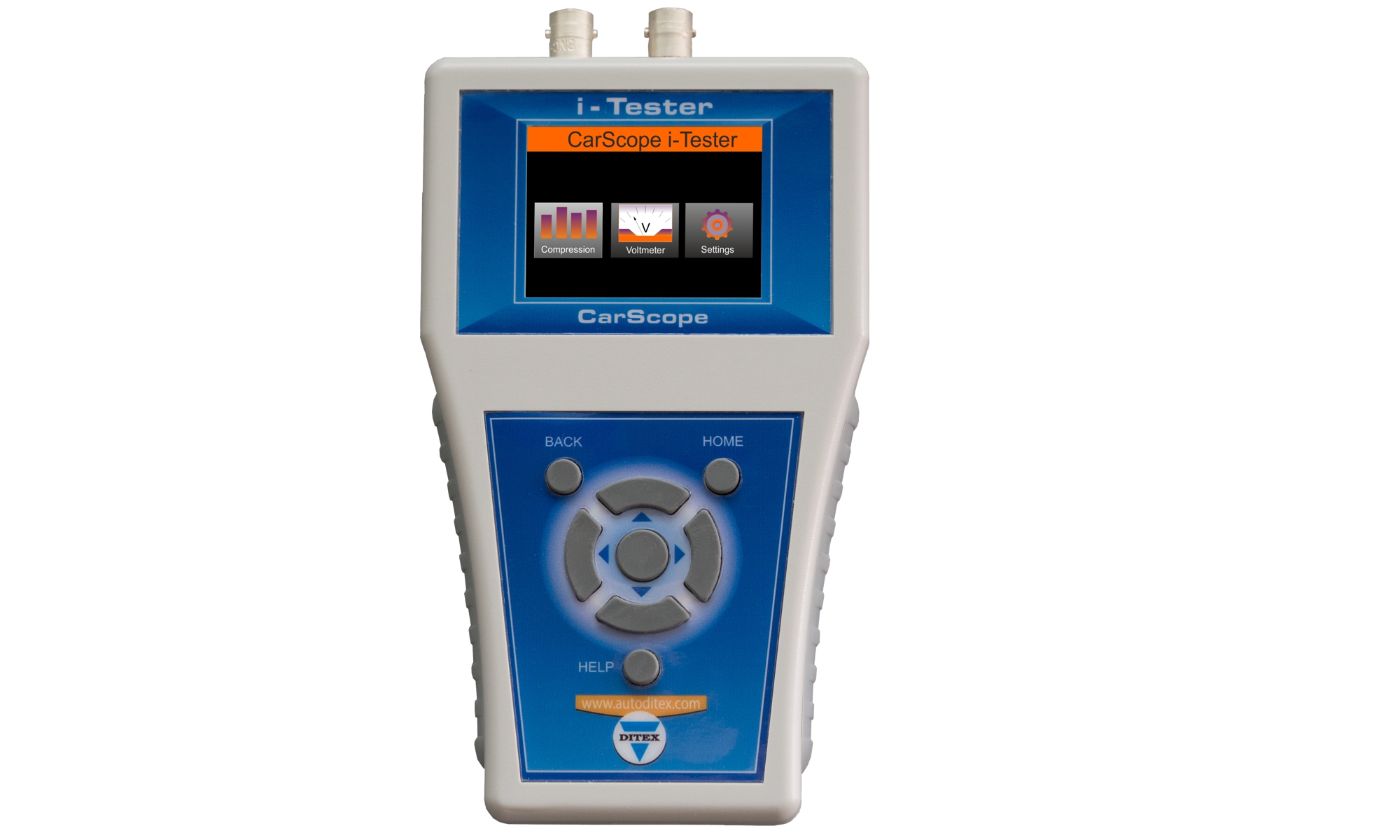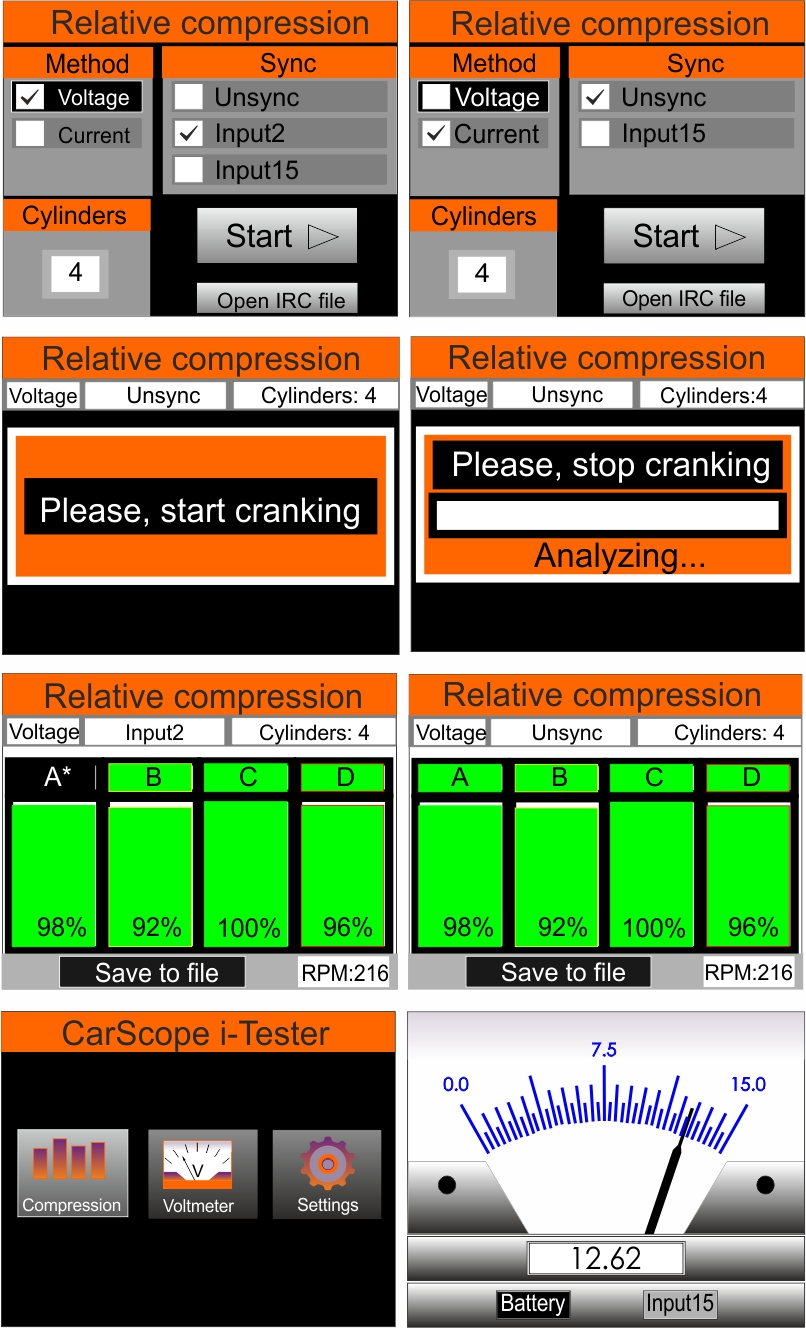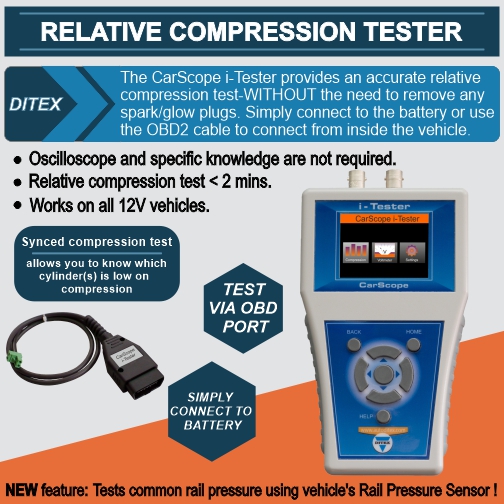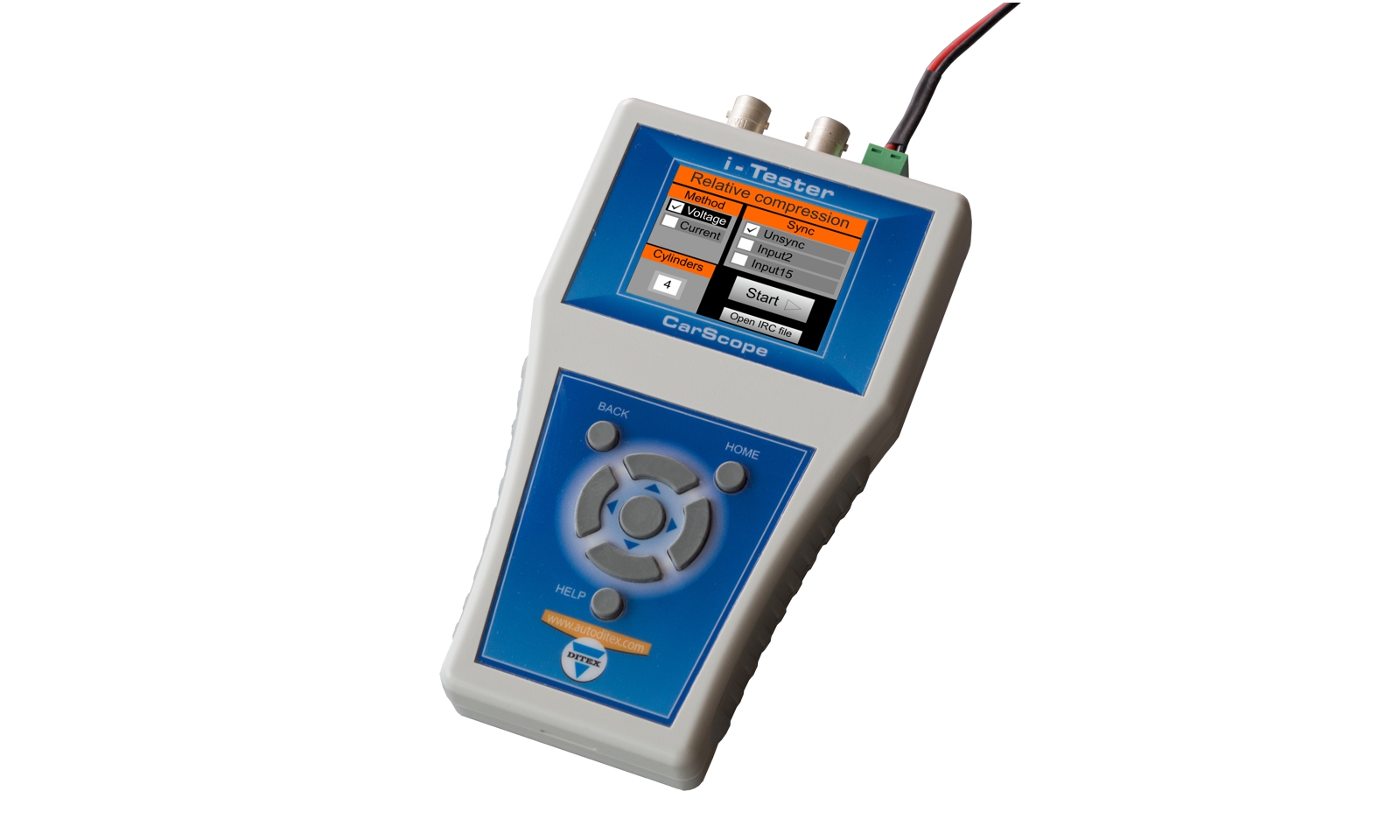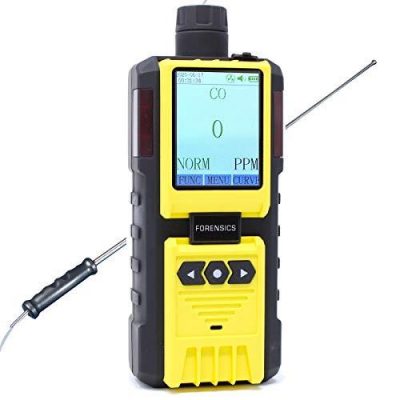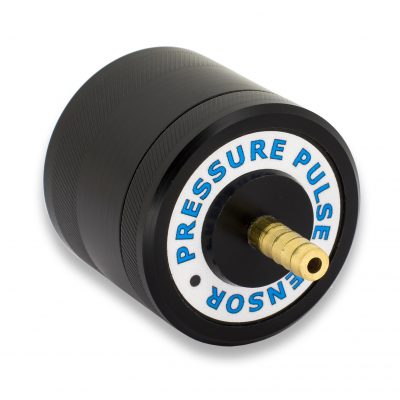Description
CarScope i-Tester is essentially a specialized type of engine analyzer. It is a complex, multi-function tool which can help with diagnosing the engine and finding engine problems. I-Tester could be used with both gasoline and diesel-powered vehicles. Currently, its main mode is relative compression testing but several automated diagnostic tests are upcoming with future firmware updates!
No oscilloscope knowledge skills needed. You can skip the training and set-up time of an ordinary oscilloscope and get directly to a quick, precise engine analysis.
Relative compression test
This test is only a comparison between cylinders so we can use this method to “see” if we have a cylinder (s) with low compression by comparing one cylinder to the next, hence the term “relative”.
Relative compression is the fastest, simplest way to find a low compression cylinder. This test has previously been available only on large and expensive diagnostic systems, requiring a laptop and an oscilloscope. Now it is easier than ever — with the new CarScope i-Tester that combines both functions – relative compression test and automatic waveform analysis. So, the final results are displayed in an easy to understand format.
You do not have to check each individual cylinder; all cylinders can be tested at one time. The CarScope i-Tester works on 3, 4, 5, 6, 8, 10, 12-cylinder cars, 4 stroke, diesel and gasoline engines, DIS, conventional and Coil-on-Plug systems, and 12V electrical systems.
Cylinder synchronization
By hooking up a second probe to either the ignition or an injector, you can follow the firing order/injection sequence and know which one is the problem cylinder.
Common Rail pressure test NEW!
This new function is available since firmware version TT0106B!
This mode is used for fast verification of the condition of the diesel Common Rail high-pressure system. Results allow direct/indirect identification of common problems in this system – lack of pressure due to leaks, high-pressure pump failure, bad high-pressure sensor, no sensor power supply, etc.
The principle of this test is based on checking the high-pressure sensor readings while the ignition is on, cranking, idling and accelerating.
Checking the high-pressure sensor readings is the fastest, simplest way to find a problem in the Common Rail system.
This test is very easy to perform – only one wire hooked to the high-pressure sensor output.
Important note: Because of lithium-ion battery shipping restrictions, we do not include CR2032 lithium-ion battery inside in the post packages! When you receive the tester, you have to buy a Li-Ion battery type CR2032 yourself and put it into the battery holder socket inside the CarScope i-Tester. To do so, you should unscrew and remove four screws to open the bottom cover. We apologize for the inconvenience!

